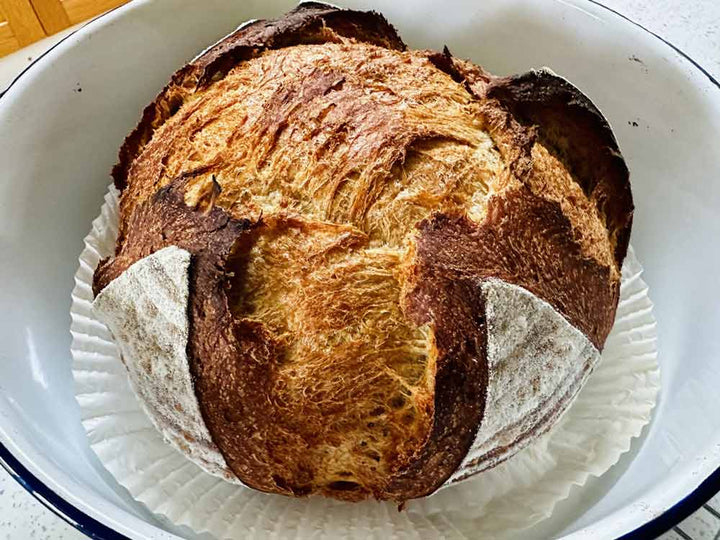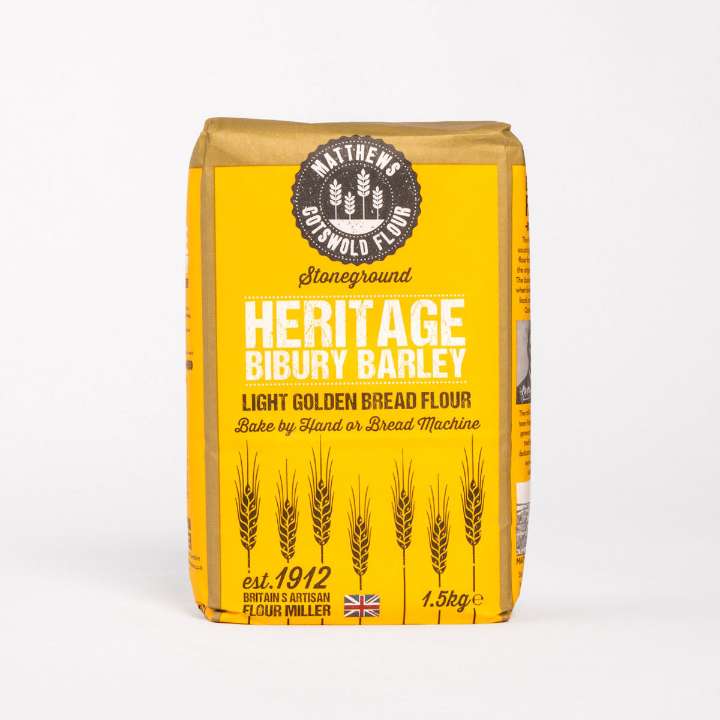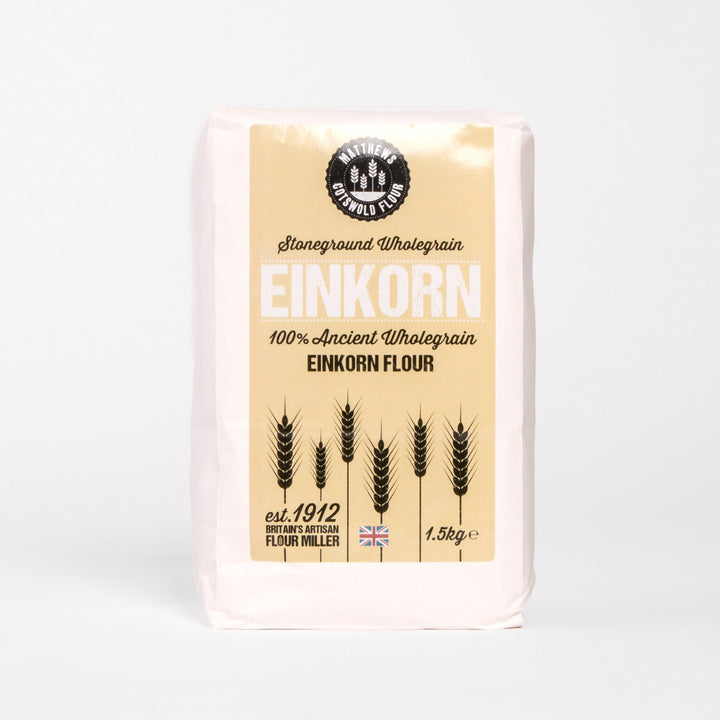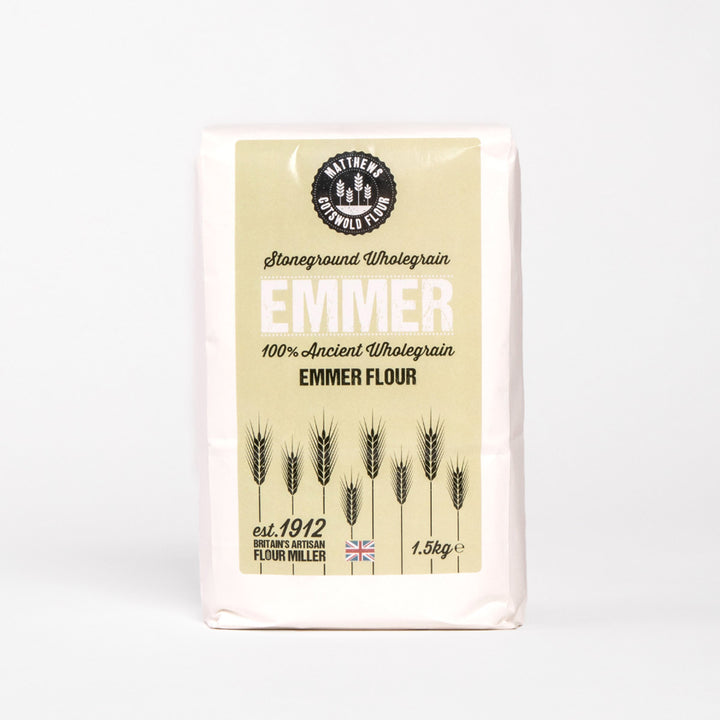Elaine's Super Summer Sourdough Tips


"This time of year I would typically be sending out tips and advice on how to manage making sourdough in hot weather and high temperatures, and that is what I had been planning to do with this newsletter. However, with the weather we’ve been having in the UK in particular, that advice seems pretty redundant right now!
"As I write this, it is the end of the first week in July and we have all been wearing our coats and putting the heating on in this country, so actually it’s been a great time for our sourdough making for the last couple of days... But then things change dramatically. The heat rises or the rain comes down, humidity kicks in, and it can make it quite difficult to manage for home bakers as it’s so inconsistent.

What A Good Strong Dough Looks Like When Turned Out Of A Banneton.
"What this inconsistency does is brings me right back to one of the key tips that I always share: to have a room thermometer in your kitchen. And to always make notes whenever you feed your starter and/or make dough. This is why we produced our ‘Super Sourdoughers Club Downloadable Journal’ to be able to help you with this one, because it is true that making notes and being aware of the temperature and environmental changes in your kitchen is what will get you through the current weather patterns.
"As a bit of background, in sharp contrast to other sourdough bakers, I believe that it is much more important, and easier, to work WITH your environment, to understand how making sourdough works in your kitchen and how to manage and control that, rather than AGAINST it and filling your kitchen with gadgets as you try to control the environment.

What A Good Strong Dough Looks Like After Scoring.
"Weather changes are going to happen, whatever you do, so for me, I think it’s best to understand how those changes will affect your starter and your dough and then work with them. This will give you so much more understanding of how it all works in your kitchen rather than trying to fit your sourdough into a ‘one size fits all’ idea. And this is why using a journal and taking notes is so helpful because it gives you a reference to refer back to.
"The one gadget that I do therefore believe very strongly is worth having is a room thermometer, and having a thermometer like the one I use that also measures humidity, as well as temperature, and shows you the temperatures across a period of time, is really useful. It’s inexpensive, it’s small, and it will be the best thing you ever buy in terms of making sourdough. Mine is called a ThermoPro TP50."

What A Good Strong Dough Looks Like When Baked.
Simple Sourdough Tips for Your Success in Managing the Current Weather Changes:
Make notes.
Every time you feed your starter, or make dough, always note the time, the room temperature, and the humidity percentage. Once your starter has responded and grown in size, or the dough has proved, to where you want them to be, make a note of how long it took to get to that point and note again the temperature and humidity again. Repeat this across an entire year and you will be able to produce a detailed pattern of behaviour in your kitchen that you can refer back to whenever you want to make sourdough in the future. To achieve this, I highly recommend feeding your starter when you will be able to watch it.
Keep watch.
In high temperatures, sourdough starter can very easily need only 2-3 hours after feeding before it is ready to use. By being available and watching your starter you’ll be able to catch when your starter has doubled in size and ready to use. If you don’t watch it, your starter will grow and rise in the jar, then it drops back down, becomes hungry and then thin and weak. If this happens your starter is not ruined, it will just need feeding again before you can use it. The same can be said in colder weather, watch and take notes.
Less water.
If your starter has become thin at any time of the year, feed it by giving it its portion of flour first, then add in only as much water as it needs to make it really thick again, stir it well, replace the lid loosely, and leave it to grow and respond. This will rebuild the strength in your starter; keep in kind that thicker is always better. You can do this as often as you need to, the key is to give your starter what it needs to stay strong and healthy. In this instance, do not worry about feeding it equal weights of flour and water, watch your starter and get to know its behaviour and what it needs. This is far more important than equal weights of flour and water in hot and/or humid environments. And this is why your notes will help as you will really get to know your starter.
Cold water.
Use cold water in your starter and in your dough to help slow down their activity in the heat. I never use warm water in my standard doughs anyway, but even less so in warm weather as it only adds extra heat to the dough and speeds up the proofing process.
Less starter.
There’s a really simple way to prevent dough from over proving, whatever the time of year or temperatures: give it less starter and therefore, you give it less power. The sourdough starter in our dough is what makes the dough ferment and grow, and by using less in your dough, you can control the speed at which your dough grows and responds. I use this trick a lot, all year round, especially when I need to have dough fully proved for teaching a class and I need to control the timing, it works perfectly. Controlling and changing the amount of starter you use puts you in full control of the whole process.
To understand this more, listen to my recent podcast episode here.
Go low.
You can use a lot less starter than you think to fully prove dough and at the same time offset the heat, as little as 5-10g if you need to. This will slow down the proving process right down and will prevent over proving. Nothing else in the recipe needs to be changed (unless you need to amend the water for the following reason).
High humidity.
In high humidity conditions, when the humidity reaches over 70% in your kitchen, dough will absorb extra moisture from the air producing a loose and bubbly dough which will be hard to handle and work with. By using less water you can offset the humidity. Reduce the amount of water in your dough by 25g initially and see what difference it makes. If your dough starts off quite stiff as you’re working with it, don’t worry, it will loosen up. And as always keep notes about what you’ve done, and the time, temperature and humidity.
If necessary use even less water. It’s okay to use 275-300g water if that’s what works. Find the sweet spot for your dough.
The fridge.
If in doubt or if you are worried about leaving the dough out to prove overnight as per my master recipe (or if you just need to step away from your kitchen for any reason) put the dough, in its bowl, still covered, into the fridge when you go to bed and take it out again the next morning. Place the bowl back onto the counter and allow it time to finish proving whilst you can watch it.
Daytime proving.
If proving dough overnight on the counter makes you nervous, prove your dough during the day when you can be there to watch; use the standard amount of starter required in the recipe that you’re using in your dough, use less water if it is humid as above, and watch the dough like a hawk. Move it into the banneton and into the fridge as soon as it doubles in size.
Danger zone.
If your dough becomes very bubbly on the surface, and is soft and sticky and hard to manage, it is too wet either from added moisture, or over proving, or both. It may look fun and impressive, but bubbly dough is problematic dough. In this instance, if the dough still has some structure and body to it, try pulling the dough into a tight ball and placing it smooth side up into a prepared loaf pan, this will hold the dough and give it some support when baking it; cover the loaf pan, place it into the fridge and prove the dough again, the cold with stop the dough from still fermenting from the heat that it’s holding. Once the dough reaches level with the top of the pan, bake it directly from the fridge as per your recipe.
Make flatbreads.
If your dough is really unmanageable, don’t waste it, you can still use it to make focaccia, or if it’s really liquified, stir in some milk and make pancakes, or yogurt and make flatbreads. Find details and recipes on my website and in my books. Never ever waste dough, it can always be used. Plus, over proofed dough has a lot of great flavour from all of that extra fermentation!
Baked loaves.
Once baked, leave it at least an hour before slicing into it, but if you live in a very humid place, don’t leave it on the counter for several hours, otherwise the humidity can make the crust soften and the inside become damp. In this instance, slice into it and enjoy whilst it’s still crusty.
A final top tip.
If you are trying a sourdough recipe that does not refer to room temperature, or anything along those lines, you are missing information and you do not have the full recipe or guidance for making a successful loaf. In this instance, I highly recommend that you ask the recipe writer for more details, especially if you have had any previous issues with the baked outcome of your loaves.
← Older Post Newer Post →

















